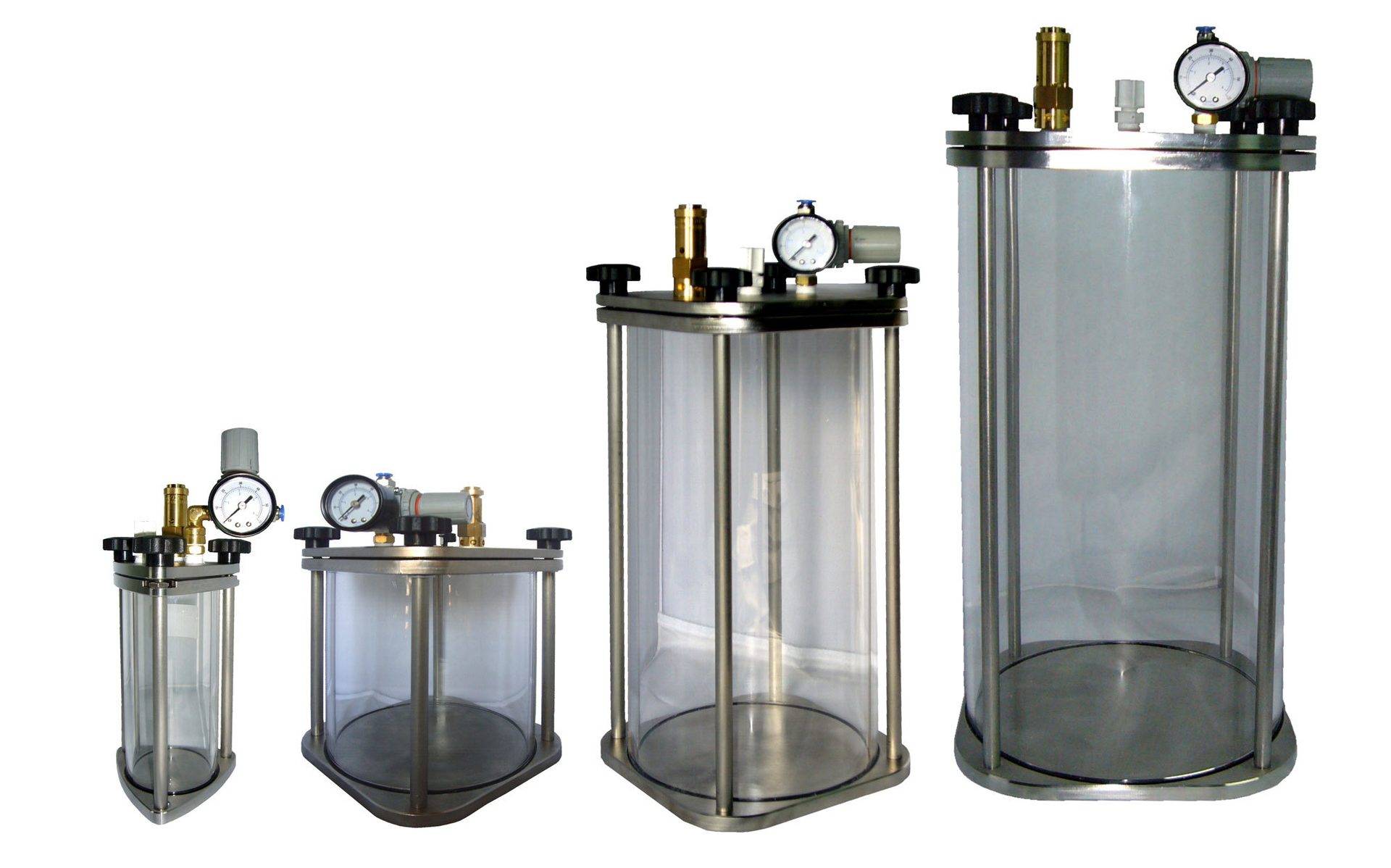Ready to proof — CLJ 6/8/22
KJ proofed 6/14
Ready for author
Achieving Continuous Improvement through Better Fluid Management
Four Steps to Better Manage Fluid Performance
Photo: remotevfx, iStock/Getty Images Plus, via Getty Images
By Loris Medart, General Manager, SR-TEK Ltd., Milton Keynes, England
Continuous improvement is a central tenet of modern manufacturing. Yet often manufacturers can find that they are restricted in what can be achieved by the fluids in their production process. A newly released white paper, The Complete Guide to Fluid Management, aims to tackle the issue head on. Report author Loris Medart of SR-TEK outlines some of the key recommendations.
It can sometimes feel like fluids are a bottleneck, restricting production performance. Often the answer won’t lie in costly chemical alterations to the fluid itself, but simply a better understanding and control of the factors affecting performance. Here are four of the factors that can influence fluid performance and how to manage them.
1. External Environment
It is a little-known fact that the production environment, and particularly temperature, can have a significant impact on the performance of fluids. A production plant operating in the Russian winter will need a whole different set of parameters to one operating in Spanish summer for the same application and fluid. The temperature changes do not have to be that extreme though; a shift of just a few degrees from the morning to the afternoon at a UK site is enough to disrupt what had been a steady production process. In a traditional setting, this will often lead to a lengthy reset as parameters are reviewed and adjusted to achieve optimum performance.
There are some practical steps that can be taken to reduce the impact of the external environment. Ensuring fluid is stored as close to the dispenser as possible is one option, as this will drastically reduce the time that the fluid is outside of a controlled environment. While insulated feed lines can further mitigate any temperature fluctuations.
2. Internal Environment
Mitigating the impact of the external climate is an important first step. However, that will only be successful if you are able to maintain a consistent internal temperature during production.
A lack of internal temperature control during production can lead to inconsistent performance, parts failure and machine downtime. All too often, manufacturers and machine builders will turn to their fluid provider when they encounter such problems. In fact, taking a closer look at the internal environment of the production line will often lead to better results, much quicker and at a fraction of the cost.

While a lot of focus is given to dispensing, industrial fluids can spend as much as 90% of production time in the reservoir. Full temperature control at this stage not only ensures consistency at the point of use but can also enable operatives and line builders to optimize fluid performance, reduce waste and eliminate fluid-related parts failure.
3. The Top to Bottom Effect
Surprisingly, the top to bottom effect has only been fully investigated by scientists and engineers in the last few years. Essentially, it gives an indication of why a fluid’s performance changes dependant on the amount that remains in the container when all other parameters are set. In manufacturing terms, operatives have long noticed a steadily decreasing flow rate when using a time/pressure system.
The top to bottom effect is caused by the constant change in volume of air and fluid inside the vessel. As the fluid level goes down inside the vessel, the volume of air increases but the ratio of compressed air at a given pressure is not linear in comparison to that of the fluid.
To put it simply, at constant pressure, an increasing volume of compressed air cannot sustain a consistent pressure on a fluid, therefore generating a different amount of force. This can be understood when you consider one of the fundamental differences between pneumatic and hydraulic law. Namely that air is indefinitely compressible, whereas water and a vast majority of fluids are not. As such, air is always the variable and yet it is an essential part of a process that requires consistency.
The solution can be pieced together by a combination of using the right sized vessel and managing the pressure in a more precise way, enabling control over the amount of compressed air inside the tank to deliver a consistent amount of force.
4. Agitation
One of the other major impacts on the chemical composition and performance of fluids is movement — whether that be too much or too little. These are known as thixotropic fluids. Examples include anything from UV adhesives, epoxies, silicone, RTV (room temperature vulcanizing), rubber sealants and heat sink compounds.
Thixotropic fluids are more common than you would think, as anyone who has had the ‘pleasure’ of wallpapering or painting a room can attest to. Both paint and wallpaper paste are significantly affected by movement, with the latter being the best example. The paste is often difficult to stir at first but the more you stir, the easier it becomes to mix. What is happening here is that the viscosity of the material is changing as a result of the movement applied to it.
While this might not be so much of an issue for those doing home décor, in a production setting it can lead to dramatic inconsistencies, resulting in too much or not enough material being added to parts that may then have to be reworked, cleaned or in some cases even scrapped. The answer lies in viscosity control through agitation. This can be either set as a fixed parameter for a full production day or coupled with sensors to adjust to changes within the fluid itself.
Fluid handling needn’t be rocket science. Controlling, monitoring and adjusting parameters where needed will enable continuous improvement, reduced waste and a significant reduction in unplanned downtime. To find out more about how to better manage fluids in the production process, download a free copy of The Complete Guide to Fluid Management.